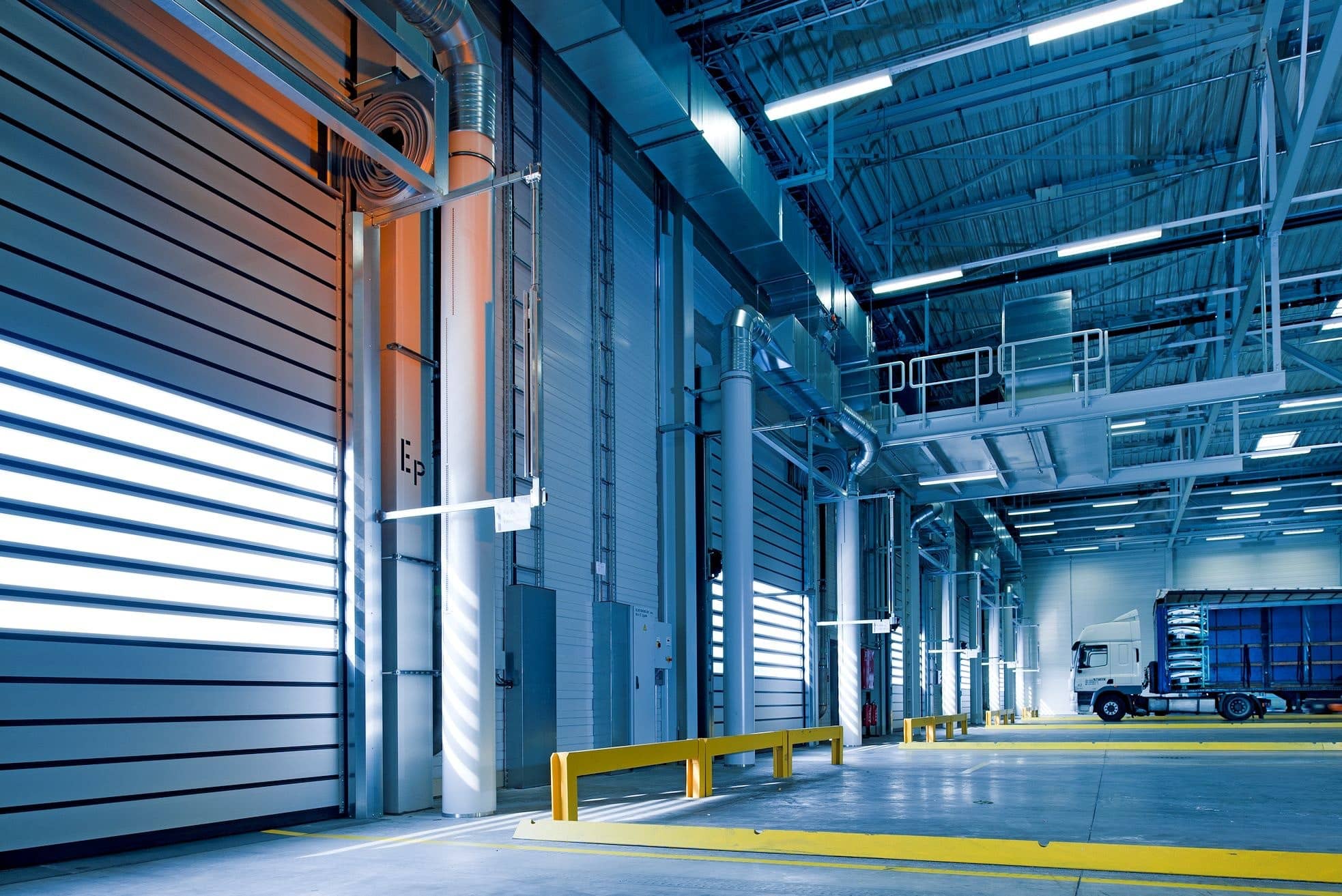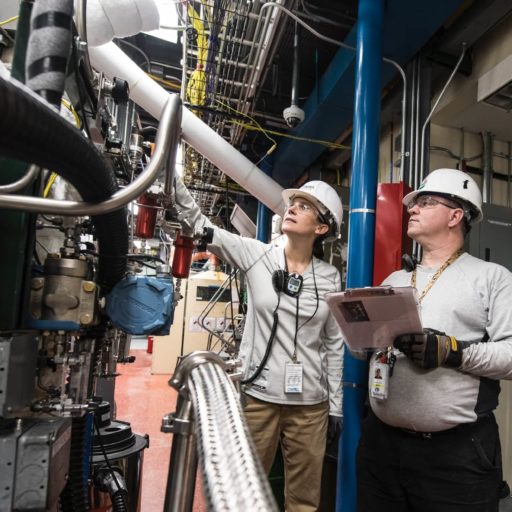
Condition Assessment
Mitigate Risk. Obtain the Most Value from Your Assets.
Condition Assessment (CA) is a key tool for helping organizations discover important information to optimize plant operation and maintenance and further improve the quality of RCM analysis and its outcomes.
Using CA, your organization can greatly improve your ability to make knowledgeable, fact-based decisions for preserving assets (through maintenance), renewing assets (through replacement), or upgrading those assets for longer life (refurbishment). The condition assessment can determine if it will be possible to “fix the problem” (ensure the function and performance standards are met as determined by RCM). If it doesn’t, then the remedy might require asset replacement or refurbishment.

Determining Remaining Life of an Asset
We recommend a CA on the assets and systems that have been in service for a long time, in some cases still operating beyond their useful life as specified by the manufacturer. Our CA methodology consists of two distinct processes, a Qualitative Assessment (through interviews and observation) and a Quantitative Assessment (data-driven), which can be done simultaneously or subsequent to one another.
The condition assessment includes the review and analysis of the information and data collected in the two assessment processes (qualitative and quantitative) in order to determine or estimate remaining asset life. Where no data exist or when data integrity is questionable, the Qualitative Assessment is sometimes the only process used to determine the asset condition. Alternatively, where some data exist, the two assessment processes are weighed to provide a realistic review of the asset condition at the time.
The Aladon methodology involves structured team-based workshops, where staff experienced in operating and maintaining the assets assign criteria and condition grades for individual or groupings of assets with similar characteristics (location, age, material, etc.). The templates and scoring criteria are used for field qualitative assessments while data templates are build to measure and calculate (where necessary) performance criteria needed for Quantitative Assessments.
Relevant information to support the exercise include:
- Asset as-built plans
- Vendor information
- Asset register information, geological maps, drawings, specifications
- Performance monitoring data (level of service)
- Maintenance records and compliance records
- Field observations and interviews
Knowledge Is Power for RCM
Results of an RCM analysis performed on aging equipment that do not consider the current state or obsolescence of an asset may lead to an ineffective and costly maintenance program. That’s why CA is such an important step – incorporating its results into the broader asset risk evaluation can help organizations make knowledgeable, fact-based decisions about the condition of assets or infrastructure. The information can be used to target high-risk assets when considering where to renew aging infrastructure – mitigating risk to business operations and obtaining the most return on investment.
The outcomes from the Condition Assessment place organizations in a position to: improve long term planning (Capital Investment Planning), determine remaining asset life and useful asset life, make better fact-based asset strategy decisions and avoid costly breakdowns associated with asset degradation and obsolescence.
Want to learn more?
Please contact Aladon or an Aladon Network Member near you for further information. Download Aladon’s CA brochure here.